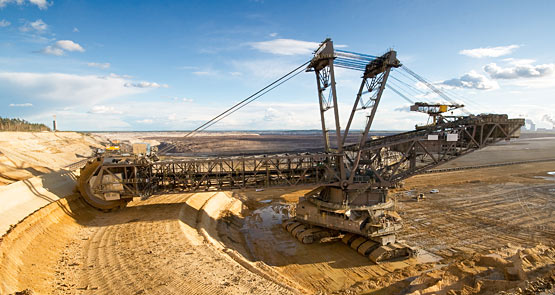
Economic sales campaign. The Reserve Bank intends to end 2015 with a solid media push, rather than allow a forgettable year to depart unnoticed. Unlike last year, when he had one speech (a year ago this week), governor Glenn Stevens has two major outings planned: one next week on November 24 in Sydney, and the second in Perth on December 2, the day after the final RBA board meeting of the year and Stevens’ final post-meeting statement for 2015. But the guv’s two speeches are not the only outings for senior central bank officials. Chris Kent, the assistant governor in charge of the banks’ key economics work, pops up tomorrow with remarks at a finance conference in Sydney tomorrow.
On Wednesday, Guy Debelle, the bank’s assistant governor, financial markets, speaks in Sydney (he has a second speech in London Wednesday night week, and a third in Sydney on December 16). On November 20, Alex Heath, the bank’s head of economic analysis, speaks in Canberra at a government resources and energy meeting. On top of that there’s the minutes of the November meeting out tomorrow, and the December meeting on December 14. The message about the health of the economy at year’s end from the RBA will be very different to the way it started — in a surprise rate cut and fears about the sliding pace of growth and rising unemployment. In his first comment on the economy for 2015 in the post-meeting statement in February, Stevens summed up the economy:
“Overall, the Bank’s assessment is that output growth will probably remain a little below trend for somewhat longer, and the rate of unemployment peak a little higher, than earlier expected. The economy is likely to be operating with a degree of spare capacity for some time yet.”
Most of that panned out except for one thing — the unemployment rate, which didn’t rise much further than the 6.2% reported for February. In fact, as we now know the October report last week showed the first fall under 6% for 17 months, to 5.9% (which could be revised away next month). But it underlined that of all the fears for 2015 at the start of the year, the labour market outperformed, surprising everyone and leaving the RBA in a far more confident mood approaching the end of the year than it started. — Glenn Dyer
BHP’s moment of truth. Australian shareholders of BHP Billiton meet in Perth on Thursday, a venue about as far from the company’s biggest headache for years as you can get. Perth is one of the world’s most isolated cities, so it is a long, long way from the burst dams and loss of life in Brazil that has forced it and partner Vale (the giant Brazilian state-owned iron ore miner) very much on the defensive. While BHP chief executive Andrew McKenzie has taken charge of the company’s handling of the disaster, all eyes at the meeting will be on chair, Jac Nasser, who in the past has shown himself to be a poor communicator when under pressure from issues such as climate change, carbon taxes and other non-traditional business issues.
The big question for shareholders will be BHP’s commitment to its dividend — which is very much under pressure. The disaster in Brazil has come on top of a further slide in commodity prices, especially oil, iron ore, coal, copper and gas. BHP shares fell 10.8% last week and are down more than 20% since July 1. Rather than talk the talk about corporate understanding and responsibility, BHP will have to put some hard cash on the table, with or without Vale, and move onto the front foot on this terrible disaster. — Glenn Dyer
China’s throwing money at the economy. There’s a lot of talk about the real picture of the Chinese economy — it’s slowing because of weak investment, especially in property, and the economy is also making the transition from growth based in high levels of investment to one based on consumption of services and retail sales and other non-investment activities. But after six interest rate cuts and five reductions in reserve requirements for banks, only retail sales continue to grow. Production is weak, mired in deep deflation, investment is easing, car sales are rising because of a cut in tax and not real demand, and property is a black hole, even if this week’s release of property prices for October shows a small improvement, as forecast. But figures out late last week from the government further questions the strength of the actual level of activity in the economy.
The figures from China’s Finance Ministry show that for yet another month, government spending ran well ahead of revenues. Fiscal spending jumped 36.1% from a year earlier in October to 1.35 trillion yuan (US$210 billion), while fiscal revenue rose 8.7% to 1.44 trillion yuan. In the first 10 months of the year, spending advanced 18.1%, more than double the 7.7% rise in revenues. In other words, the level of stimulus from higher government spending is considerable, and yet this has been applied to an economy where there has been multiple rate cuts in the past year and those cuts in reserve ratios for all banks. — Glenn Dyer







Crikey is committed to hosting lively discussions. Help us keep the conversation useful, interesting and welcoming. We aim to publish comments quickly in the interest of promoting robust conversation, but we’re a small team and we deploy filters to protect against legal risk. Occasionally your comment may be held up while we review, but we’re working as fast as we can to keep the conversation rolling.
The Crikey comment section is members-only content. Please subscribe to leave a comment.
The Crikey comment section is members-only content. Please login to leave a comment.